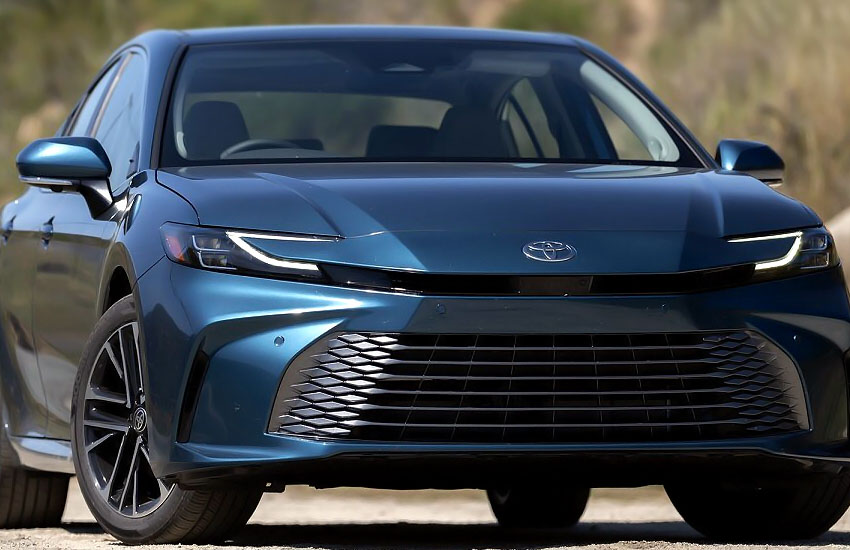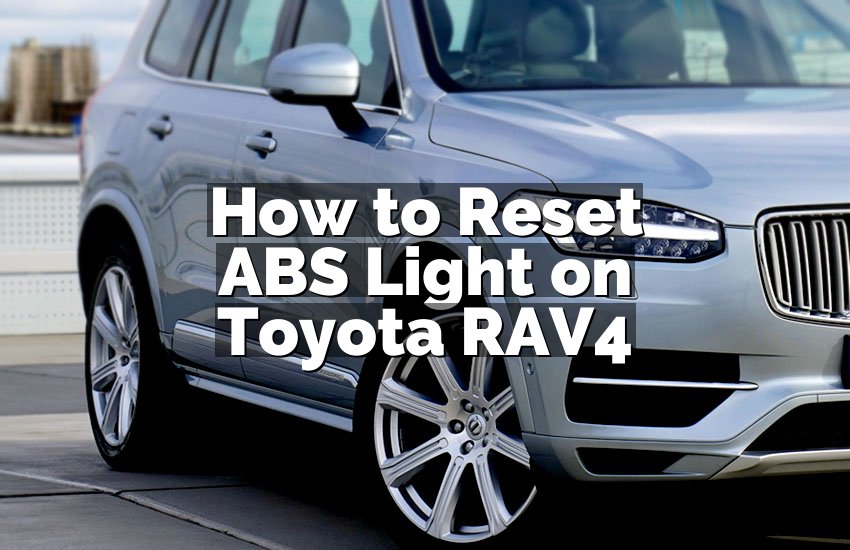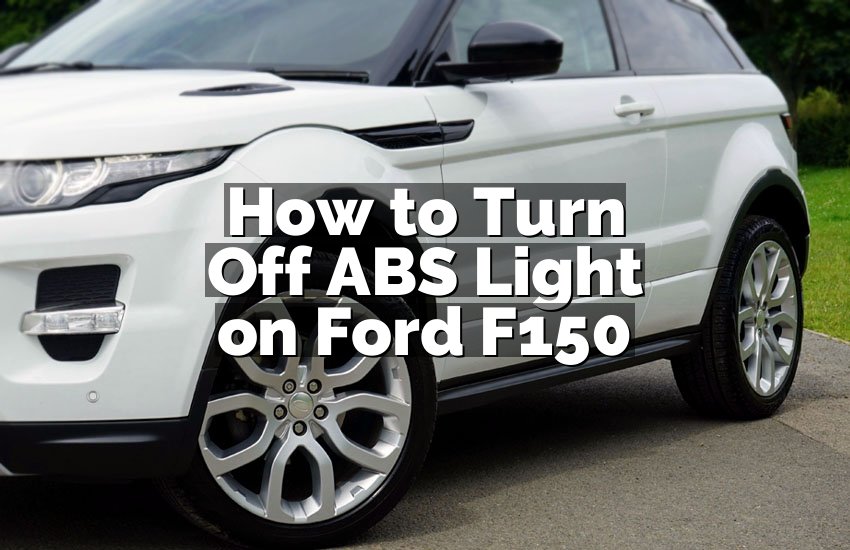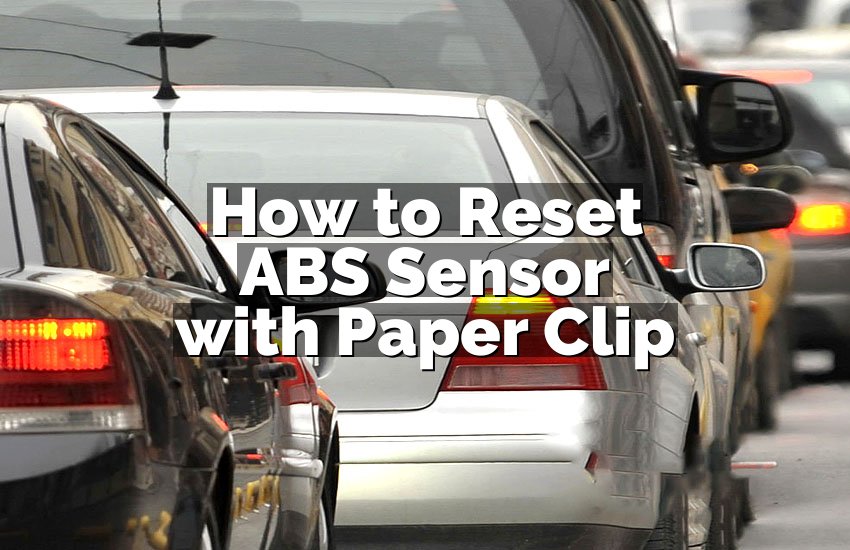You ever notice that “Overdrive” button on your car and wonder what it does? You’re not alone! Overdrive is a handy feature that can make your driving smoother and more fuel-efficient.
So, what exactly is overdrive? Simply put, it’s a gear in your car that helps you drive at higher speeds with lower engine RPM. This means your engine doesn’t have to work as hard, saving gas and reducing wear and tear. It’s great for highway driving when you want a comfortable, quiet ride.
In this article, we’ll break down what overdrive is, when to use it, and how it benefits your car. By the end, you’ll know exactly how to make the most of this feature. Ready to learn more about overdrive? Let’s get started!
What is OverDrive on a Car?
Overdrive is a special feature in a car’s transmission system that helps the car run better at high speeds. Imagine you’re driving on a highway and want to go fast without using too much gas. This is where overdrive comes in handy.
When you turn on the overdrive, your car can shift into higher gears more easily. Higher gears mean the engine doesn’t have to work as hard, so it uses less fuel. This makes driving on the highway smoother and quieter, and it saves you money on gas.
Think of it like riding a bike. When you switch to a higher gear, you can pedal less but still go faster. Overdrive does the same thing for your car’s engine. It helps the car move more efficiently when you’re driving at steady, high speeds.
Most cars have an overdrive button or switch. You usually find it on the gear shift. When you push this button, a light on the dashboard might come on, telling you that overdrive is active. It’s best to use overdrive when you’re driving on open roads or highways and not in stop-and-go traffic.
However, if you’re driving in hilly areas or towing something heavy, you might want to turn off overdrive. This gives your car more power and better control in tough driving conditions.
So, in short, overdrive is a great feature that helps your car run smoothly and saves you fuel when driving at high speeds. It’s easy to use and can make your driving experience much better.

How to Use OverDrive
If you love reading and want to access a huge library of eBooks and audiobooks for free, OverDrive is a great app to use. It’s easy to get started. Here’s how:
Download and Install OverDrive
First, you need to download the OverDrive app. Go to the App Store on your iPhone or iPad, or Google Play on your Android device. Search for ‘OverDrive’ and download it. Once it’s downloaded, open the app and follow the steps to set it up.
Sign Up or Log In
When you open the app for the first time, you’ll need to sign up. You can create a new account with your email address and a password. If you already have an OverDrive account, just log in with your email and password.
Find Your Library
After logging in, you need to find your local library. Tap on the menu button (three horizontal lines) in the top left corner. Then tap on ‘Add a library.’ Type in the name of your library, city, or postal code, and select your library from the list.
Enter Your Library Card Number
Once you’ve found your library, you’ll need to enter your library card number. This lets OverDrive know that you have access to the library’s digital collection. If you don’t have a library card, you can get one from your local library.
Browse or Search for Books
Now you’re ready to find some books. You can browse the library’s collection by genre, new arrivals, or popular titles. If you have a specific book in mind, you can use the search bar at the top of the screen to find it.
Borrow a Book
When you find a book you want to read or listen to, tap on it. This will take you to the book’s details page. Here, you can see a summary of the book, the author, and the available formats (eBook or audiobook). Tap on the ‘Borrow’ button to check out the book.
Download and Enjoy
After you borrow a book, you need to download it to your device. Tap on the ‘Loans’ tab at the top of the screen. Find your book and tap on the ‘Download’ button. Once the book is downloaded, you can read or listen to it offline anytime.
Return Books
Books are automatically returned at the end of the lending period, so you don’t have to worry about late fees. If you finish a book early and want to return it, go to the ‘Loans’ tab, tap on ‘Return,’ and then ‘Return Title’ to free up space for more books.
That’s it! Now you know how to use OverDrive to enjoy a world of books right from your device. Happy reading!
Are These Questions in Your Mind?
Is It Free to Use OverDrive?
Yes, OverDrive is free to use. You only need a valid library card from a participating library. There are no charges for borrowing eBooks or audiobooks.
Is It Safe to Use OverDrive?
Yes, OverDrive is safe to use. It partners with libraries and schools to provide secure access to digital content. Your personal information and reading habits are kept private.
Is It Possible to Read Books Offline?
Yes, you can read books offline. Once you download an eBook or audiobook to your device, you can access it without an internet connection.
Can I Use OverDrive on Multiple Devices?
Yes, you can use OverDrive on multiple devices. Just log in with your OverDrive account, and your borrowed books will sync across all your devices.
Can I Recommend Books to My Library?
Yes, you can recommend books to your library if they don’t have the titles you want. Check the library’s website or the OverDrive app for an option to suggest a purchase.
Can I Listen to Audiobooks on OverDrive?
Yes, OverDrive offers a wide selection of audiobooks. You can browse, borrow, and download them just like eBooks.
Can I Renew a Book if I Need More Time?
Yes, you can renew a book if no one else has placed a hold on it. The option to renew usually appears a few days before the book is due.
Do I Need a Special Device to Use OverDrive?
No, you don’t need a special device to use OverDrive. It works on smartphones, tablets, eReaders, and computers. Just download the app or use the website.
Do I Need an Internet Connection to Use OverDrive?
You need an internet connection to browse, borrow, and download books. However, once the books are downloaded, you can read or listen to them offline.
Do I Need to Return Books Manually?
No, you don’t need to return books manually. OverDrive automatically returns them when the lending period is over. You can return them early if you finish them before the due date.


